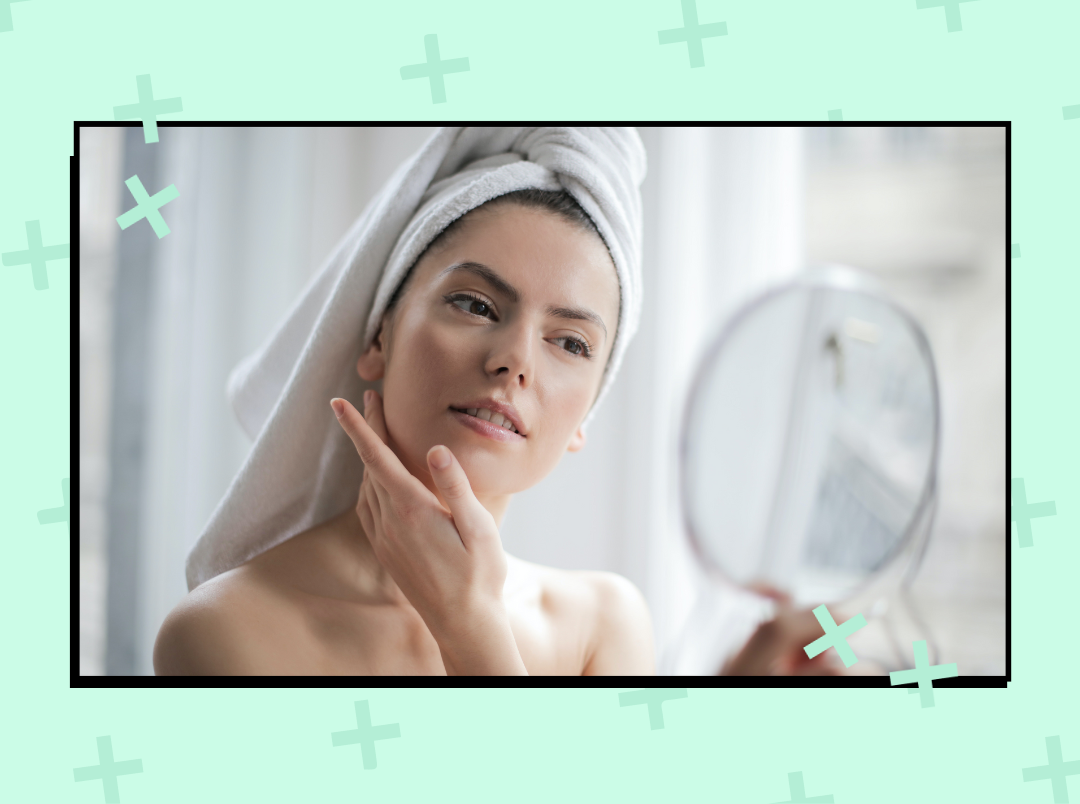
Benjamin Button’s secret has been exposed. No — really. Dr. Katie, alias our go-to derm on Instagram, recently reviewed an in-clinic procedure that had someone in their 60s or 70s look like they were ageing backward — almost like they were 20 years younger suddenly. The reel had piqued my interest.
The person in question displayed most indications of ageing. You’d notice wrinkles, sagging, and lines right off the bat; but in the after of the before-after visual, it’s the opposite. You see someone with radiant, baby-soft skin instead. Because I was intrigued by the transformation, I reached out to Dr. Madhuri Agarwal, Founder & Medical Director, Yavana Aesthetics Clinic and Dr. Sushma Yadav, Dermatologist and Cosmetologist, Skinology, Bangalore to tell me whether I was imagining this or not.
While Dr. Katie’s followers alleged that the before-after shots were heavily-edited and misleading, both experts informed me that the transformation is pretty spot-on. But what is the procedure all about and how is it done? Here are all your (my) questions about this ‘phenol chemical peel’ answered.
Can This Benjamin Button-esque Procedure Truly Age You Backward?
It’s A Peel…But Not A Regular One
Most chemical peels remove the outermost layers of the skin to diminish the appearance of lines, wrinkles, spots, and more. The process for this one is the same. It uses a high-strength, deep-depth peel that penetrates the deepest (dermal) layer of the skin. The peel is composed of phenol (carbolic acid) — which has the power to eliminate dead, damaged skin and stimulate new layers of collagen post application. The peel is extremely intense and powerful, and you might have to be administered an anesthetic because of how deeply it penetrates the skin.
It Can Affect Your Heart’s Health
According to Dr. Madhuri, burning, pain, contact allergies, infections, blisters, and swelling are immediate side-effects of the procedure. Dr. Sushma confirms that these are relatively common side-effects that will subside as you heal over the course of about 2-3 weeks; but the redness might stay for a little longer.
Other symptoms like scarring, post-inflammatory hyperpigmentation, hypopigmentation, milia, acne-like eruptions, and demarcation lines can surface in the long-term. But it goes beyond this. “A serious side-effect of the peel is arrhythmias (an irregular heartbeat) and cardiac arrest,” Dr. Madhuri warns.
This One’s More For Those With Lighter Complexions
Both experts agree that the procedure is intended for those with light-toned complexions. “Even though it’s available in India, dermatologists don’t recommend it to clients,” says Dr. Madhuri. Many still choose to opt for the procedure because of how readily-available it is overseas though. “Indian skin-tones are more prone to develop PIH (post-inflammatory hyperpigmentation) following the procedure. A milder, played-down version of the peel is advisable. The depth is superficial and the contact-time for the peel is less too,” Dr. Sushma talks about how the peel is adjusted to the nature of our skin specifically. It’s called ‘modified Baker Gordon peel’ as per Dr. Madhuri. But that doesn’t take away from the risks associated with it.
It Can Treat Potential Cancer Precursors
While this peel is not a treatment for cancer, it can treat superficial skin pre-cancerous growths — mostly those triggered by severely sun-damaged skin.
These Post-Care Tips Are Non-Negotiable
Dr. Madhuri says that post-care during the first two weeks is extremely important because of aggressive the procedure is. Here’s a list of tips both the experts have collated.
- Scrubbing the face is a no-no.
- Exposure to the sun for 2 weeks is not recommended, and sun-protection is mandatory for the following 6 months. Not following this can lead to hyperpigmentation and discolouration amongst other things.
- It’s best to avoid foods high in sodium as this will increase swelling.
- Do not apply any creams, lotions, oils, or medications to your face that have not been specifically prescribed to you by your dermatologist. Make sure you’re using a non-irritating, gentle cleanser approved by your doctor.
- Notify your dermatologist of any unusual discomfort — like fever, bleeding, rashes, and itching.
- Don’t exercise for a minimum of 2 weeks as it can increase heart-rate and lead to perspiration.
The Cost For A Chemical Peel Will Vary From Client To Client
The cost ranges from INR 5,000 to INR 15,000 depending on the doctor’s expertise and materials used.
Your Dermat Might Not Recommend It
Dr. Madhuri doesn’t endorse this procedure — especially not for Indian skin-tones — because it has more cons than pros. “We have safer, superior options for age-rejuvenation (more suitable for for darker skin types). Gentle peels like light phenol peels, ferulic peels, and retinol peels are examples. Fractional lasers, micro-needling, radiofrequency, and monopolar radiofrequency are popular options for age rejuvenation with minimal downtime. Autologous growth factors concentrate and skin boosters are newer skin-rejuvenation treatments.”
“There are many common medical and skin-related conditions (including heart disease, diabetes, and psoriasis) as well as several medications that can compromise the safety and results of the procedure. This peel is not recommended for everyone, and there are lighter peels that ensure amazing results as well,” says Dr. Sushma.
Though the before-after transformation is astounding, you must keep in mind all the side-effects and risks associated with the peel. Remember that ageing is natural, and it’s not a phase of life that you need to skip or delay. Always consult your dermatologist first.
Featured Image: Instagram